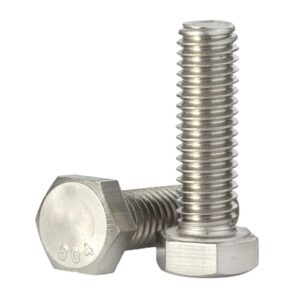
About
Hex lag bolts, also known as lag screws, are large, heavy-duty fasteners with hexagonal heads and coarse threads designed for applications where strong connections are required. These bolts are commonly used in wood construction, such as framing and heavy timber connections, and for securing heavy items to wood or masonry. Lag bolts are distinguished from regular screws by their size, robustness, and ability to secure substantial loads.